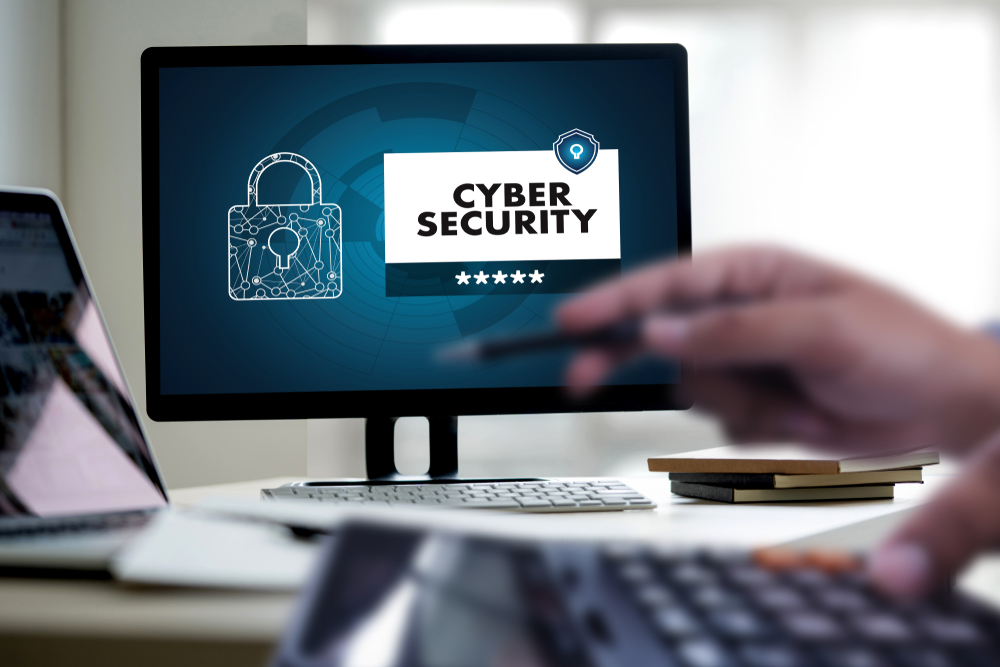Things To Do If Your Computer Gets Infected By A Virus
A computer virus is a software program that might appear small but spreads like wildfire from one targeted computer to another. The virus later on stops the functioning of computers and even removes or damages all the important data. A computer virus sometimes uses an email program as well to spread the virus from one computer to another, and one click on the downloaded file can corrupt the entire system and your data. Email viruses are particularly harmful as they are capable of damaging and/or stealing databases of entire companies just because one employee opened one virus containing email on his or her computer.

The other mode of being infected with a computer virus would be via downloading content from Internet, phishing websites, spoofing, etc. They are hidden. Hence, the Internet user might not even suspect in the slightest that it could be a computer virus trying to damage the computer. Beware of the virus hazard signs as the attack often creeps up on you and affects your computer system as quickly as it can.
Booting the PC
Firstly, disconnect your system from the Internet. This stops the virus from spreading more and getting complete access to your data. If you think your PC definitely has a virus, then boot your PC into safe mode. This safe mode loads only the required programs and if any virus is all set to enter as the system boots, it will be prevented from spreading. This boot mode helps in stopping the virus from programming further and you have a time window to remove the necessary files from your system before it gets corrupted.
Delete the temp files
After you have come to the safe mode on PC and deleted the necessary files, run a virus scan. Deleting the files speeds up the virus scan and frees up disk space. The disk cleanup on Windows 10 is a great option or you can go for normal antivirus software which works only if you have purchased the annual licensing version. Disk cleanup is on the start bar.
Download malware scanners
Once you have done the virus scanning, this will remove and quarantine the standard viruses. If there is an active antivirus program, use a different scanner because the current one did not detect the virus, which is why the system got infected in the first place. The fact to be remembered is that no antivirus software detects 100% malware. Have a real time scanner that looks for all the malware and searches for viruses when you open an application and run a scan. Have only one real time antivirus on your system which is not free and is purchased annually.
Scan your system with the antivirus
The system should be reconnected to the Internet. Download the anti-malware if you don’t have one. Install and update the malware bytes. Now disconnect from the Internet and run a scan. If the software is not downloadable, then download it on another system and use a pen drive to shift the file to the infected system. Now run the setup file once the flash drive is inserted to infected system. Activate the trial version which does not get charged for 2 weeks. Once the period of 14 days gets over, it will return to the standard free version.

